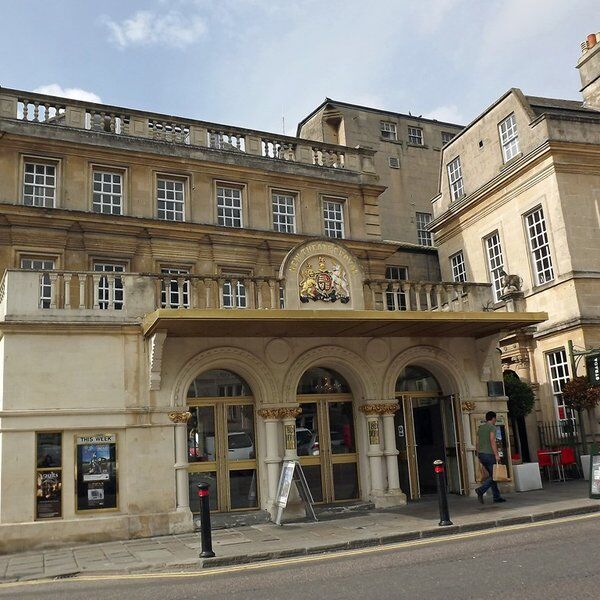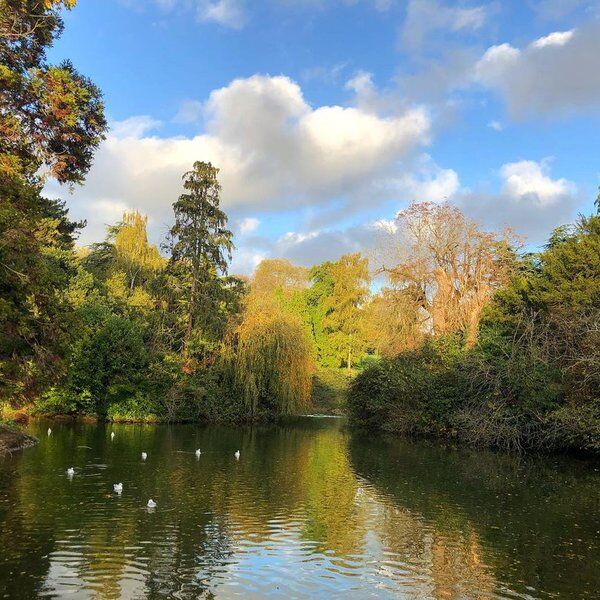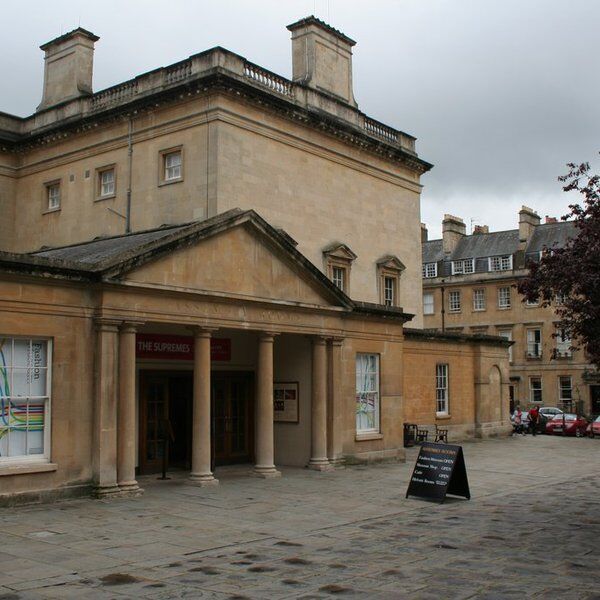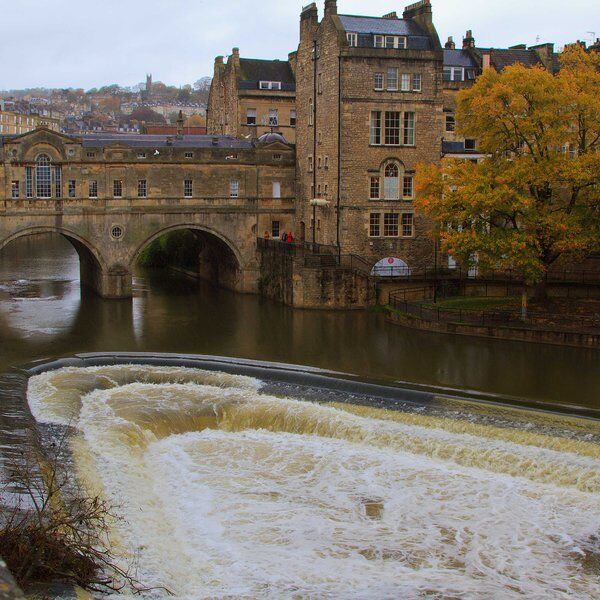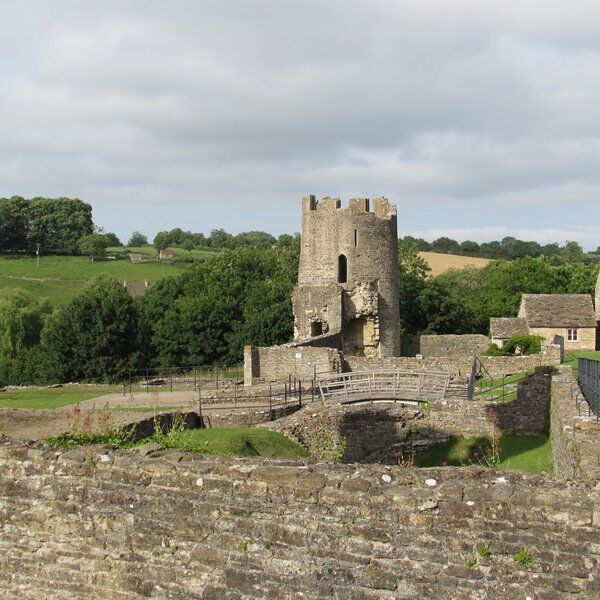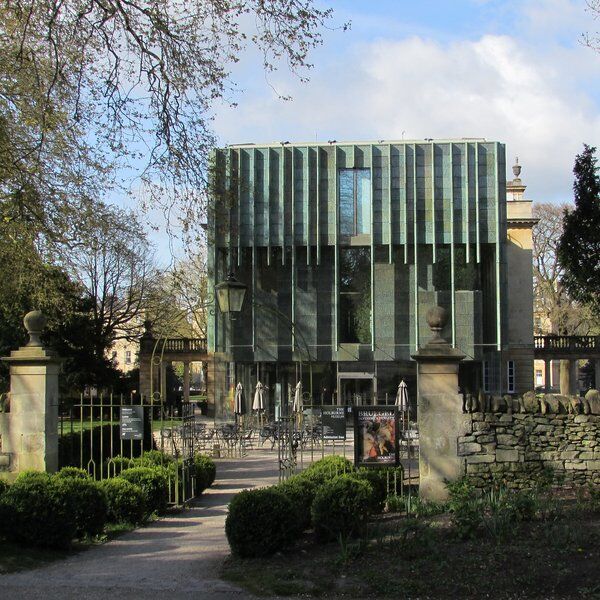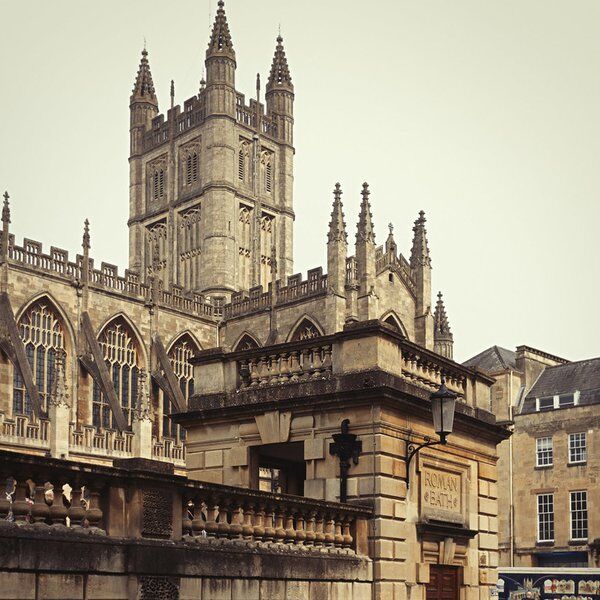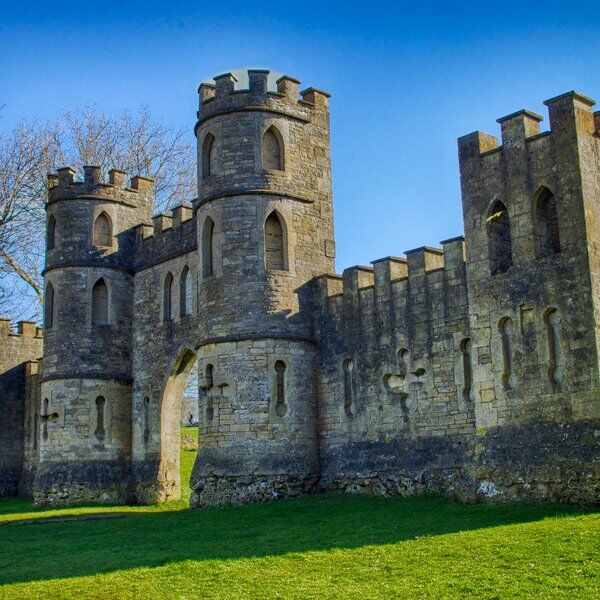Father-son architects, John Wood the Elder and John Wood the Younger, had a vision: to transform Bath into a pale gold archetype of Georgian architecture.
Starting with the Elder's St John’s Hospital, in 1727, and culminating in the Younger’s Royal Crescent, 1767-1774, the pair are responsible for much of the city as we see it today.
While Wood the Younger embraced the simplicity typical to minimalist Palladium design, the Elder’s visions held more ornate and intriguing details. Nowhere is this more evident than the Circus, a terraced ring of once-residential buildings around a circle of trees and greenery.
John Wood, the Elder
John Wood the Elder was a fascinating individual whose interests bled outside architecture and into British myths and mysticism. He was known for writing extensively on druidism, neo-druidism (which was undergoing a romantic revival at the time), and the legendary figure, Bladud, a mythical King of Britons who was said to have founded Bath (learn more in our article on Bath's Roman Baths).
Certain that Bath had once been an epicentre of Druidic legend, Wood the Elder sought inspiration from nearby Stonehenge when planning out his masterpiece. His survey of Stonehenge in 1740 (Choir Gaure, Vulgarly Called Stonehenge, on Salisbury Plain (1747)) has been called "the most important plan of Stonehenge ever made" and includes measurements that delve into fractions of inches. Having measured the diameter of Stonehenge's inner circle as 99m, Wood the Elder went on to plan Bath Circus with a diameter of 97m.
Furthermore, it is suggested that Bath Circus has been built upon a ley line that connects it to the similarly stunning Royal Crescent (designed by Wood the Younger, continuing his father’s vision). This may have been due to Wood the Elder’s desire to have the sun (the Circus) and the moon (the Crescent) connected. It's further theorised that the Queen's Square might represent Earth.
...the square (Queen's Square), the circle (The Circus) and the crescent (The Royal Crescent): [follow] the masonic path of the sun in the Lodge from east (the Master chair) to south (the Junior Warden) and exiting in the west (the Senior Warden) as a symbol of man's spiritual progress in life [...].
Bath Circus and Queen’s Square are joined by a straight road (Gay Street), creating a key-like symbol. Why was this significant? Because not only was Wood the Elder fascinated by ancient British legend, but evidence also links him with Freemasonry. The key is an important symbol for the Freemasons, and further evidence of Wood the Elder's Masonic obsession can be found in Bath Circus itself.
Bath Circus' Masonic Connections
Hidden between Ionic, Doric, and Corinthian columned tiers around the fronts of the terrace is a strip of 525 individual symbols. Alongside pictograms associated with Bath the city, the Circle features symbols pointing to Masonic influences, and others that link to Druidism. Most obvious of these are the prominent stone acorns ringing Bath Circus from the terrace tops.
Sadly, John Wood the Elder died just three months after construction had started and did not get to see the finished result. Modern visitors, however, can easily find the beautiful and intriguing architecture by venturing north-west of Bath Abbey. The Circus was damaged in the Blitz, but its buildings have since been carefully and lovingly restored.
Interested in finding more places like this? Try one of our Treasure Hunts In Bath - untangle cryptic clues as a team, as you are taken on a journey to the most unique, unusual and bizarre corners of England.

